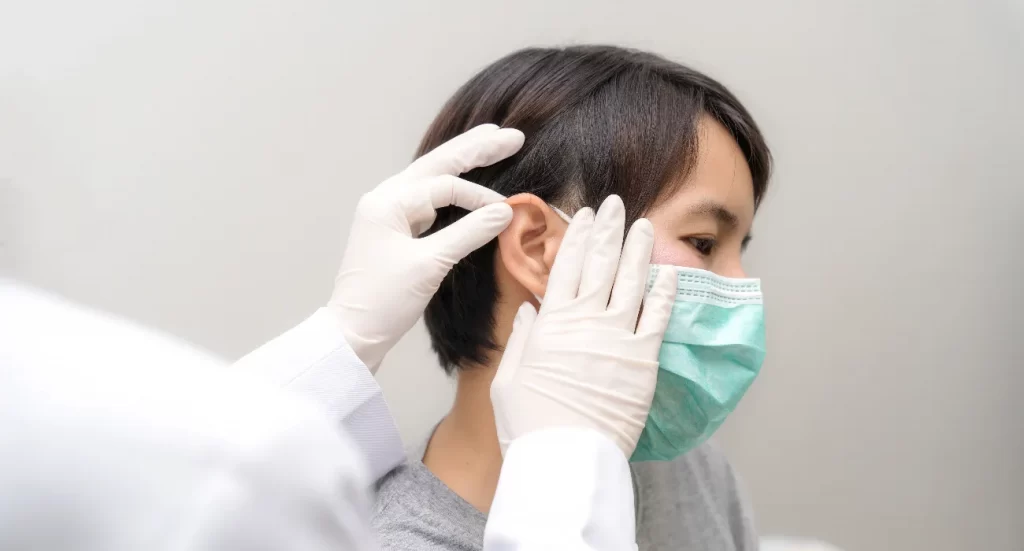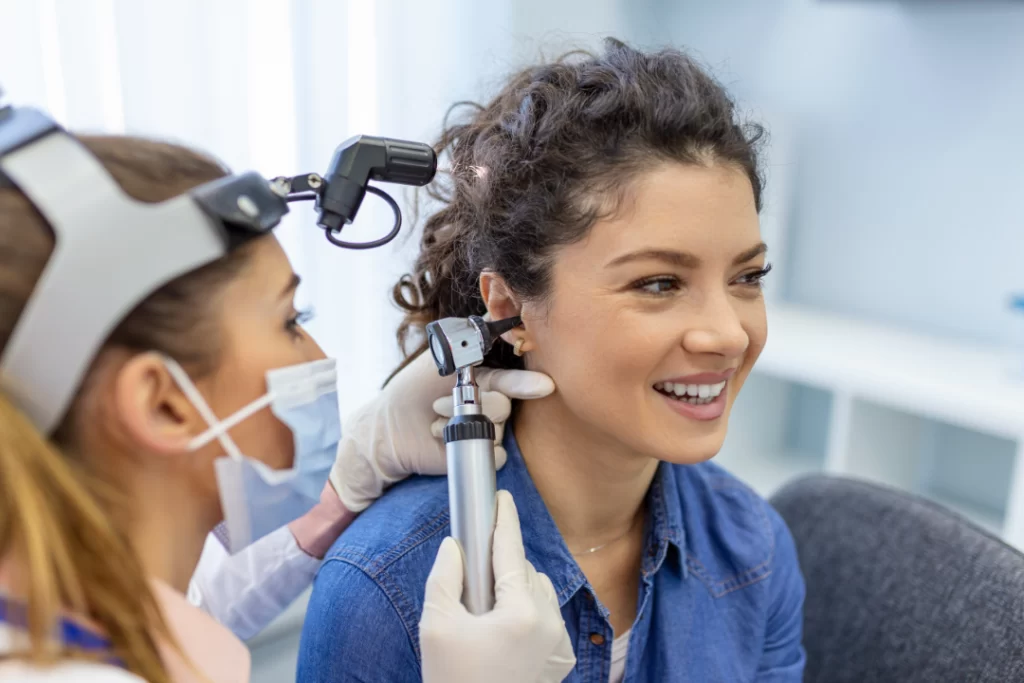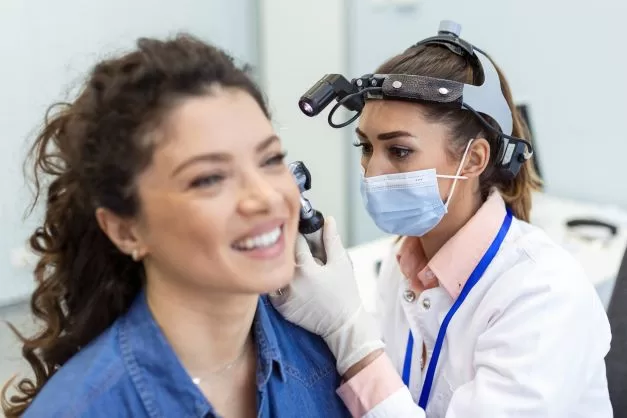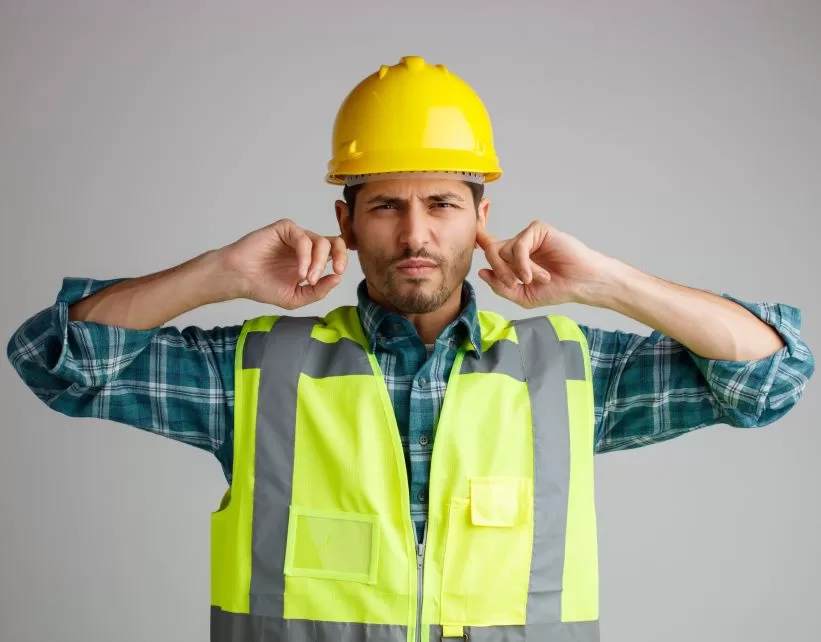Independent Hearing’s specialists are medically trained to provide safe and effective Ear Wax Removal services using Micro-Suction across our hearing clinics in Adelaide, Port Lincoln & Whyalla.
Micro-Suction ear wax removal is the medically preferred method of ear wax removal and is known to be the safest, cleanest and most efficient process to remove ear wax.
As there is no water or pressure used in the Micro-Suction process it is a very safe procedure suitable for all patient types.
Content Navigation
No Referral Required – Appointments Available!
Ear Wax Removal

Benefits of Micro-Suction Ear Wax Removal Adelaide
Ear wax removal via micro-suction is a safe, effective, and increasingly popular method for managing excessive or impacted earwax. Unlike traditional methods such as ear syringing or irrigation, micro-suction uses a gentle vacuum to remove wax under direct visualization using a microscope or a loupes system. This allows for precise targeting and minimal risk of damage to the ear canal or eardrum.
One of the key benefits of micro-suction is its safety profile. Because the procedure is performed under direct observation, clinicians can avoid sensitive areas of the ear, reducing the risk of complications like infections, perforations, or temporary hearing loss. This is especially important for individuals with narrow ear canals, a history of ear surgeries, or chronic ear infections.
Another significant advantage is comfort and efficiency. The procedure is typically quick—often taking less than 30 minutes—and most patients report minimal discomfort. Unlike irrigation, which uses water and can leave the ear feeling damp, micro-suction leaves the ear dry, which is preferable for individuals prone to infections or with existing perforations.
Additionally, micro-suction can provide immediate relief from symptoms like muffled hearing, pressure, ringing in the ears (tinnitus), or discomfort caused by blocked earwax. It is suitable for all ages, including children and the elderly.
Overall, micro-suction represents a modern, patient-friendly alternative for earwax removal. Its combination of precision, safety, and convenience makes it a preferred option among audiologists and ENT specialists, particularly when managing problematic or stubborn earwax buildup.

What to expect during a wax removal appointment!
Step 1:
One of our clinician’s will greet you in the waiting room and take you through to our clinical rooms. It will start by having a brief discussion around the issues you are having and to discuss any other relevant information prior to the procedure.
Step 2:
Next the clinician will conduct an Otoscopic examination of the ear. This is conducted in order to assess the health and detect any possible contra-indications that may be present.
Step 3:
The procedure of wax removal via micro-suction will commence. The procedure will firstly be explained so you understand what to expect and then we will begin to conducted the wax removal.
Step 4:
Once the procedure has been completed we will reassess the ear to ensure no concerns are present and advise you of wax management options to reduce wax build up in the future. We may recommend an annual wax removal appointment to assist with management of the wax and reduce risk of wax impaction and the issues that are associated with it.
What are the other wax removal techniques used?
Ear wax can be removed using several methods, each with its own benefits and limitations. Two common techniques are irrigation and curettage.
Irrigation involves flushing the ear canal with water or a saline solution to dislodge and remove earwax. It’s a widely used and generally safe method, especially for soft or partially impacted wax. The process usually uses a syringe or an electronic irrigator. However, irrigation may not be suitable for people with ear infections, perforated eardrums, or a history of ear surgery, as introducing water can increase the risk of complications such as infection or dizziness.
Curettage is a manual method using a small, scoop-shaped instrument called a curette. This tool allows a clinician to carefully extract earwax while visually inspecting the ear canal. Curettage is particularly useful for removing dry, hard wax close to the ear opening. It is a dry technique, so it avoids moisture-related risks, but it requires skill and a steady hand to prevent injury to the delicate structures of the ear.
Both methods are effective when used appropriately and by trained professionals. The choice between them depends on the type and amount of wax, patient history, and practitioner preference. In some cases, a combination of techniques may be used for optimal results.
What are the common symptoms of Ear Wax Build-up?
Ear wax build-up is a common condition that can lead to a range of symptoms, depending on the severity and location of the blockage. One of the most frequent symptoms is hearing loss, which often develops gradually as the wax accumulates and blocks the ear canal. This can affect one or both ears and may be mistaken for more serious hearing issues.
Another common symptom is a feeling of fullness or pressure in the ear. This sensation can be uncomfortable and may cause people to feel as if their ear is “plugged.” Some individuals also experience tinnitus, a ringing or buzzing sound in the ear that may worsen with increased wax.
Ear pain (otalgia) is another symptom, especially if the wax is pressed tightly against the eardrum or has become impacted. In some cases, the wax may cause itching or irritation in the ear canal.
More severe build-up can lead to dizziness or balance issues, particularly if the wax affects the inner ear. Occasionally, wax may trap water in the ear, increasing the risk of infection, which can result in discharge or an unpleasant odor.
Recognizing these symptoms early can help prevent complications and allow for safe and effective removal.
Limited Time Offer!
FREE Ear Wax Removal
Available for eligible Pension & Veteran Card Holders. (SAVE $90 - Limited Time Offer! Conditions Apply*)
Request my FREE Earwax Removal Appointment!











